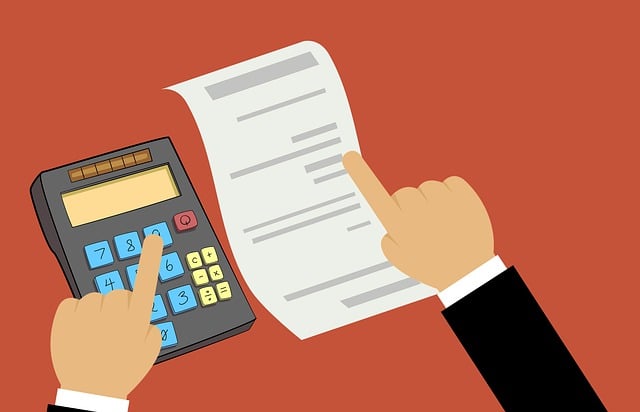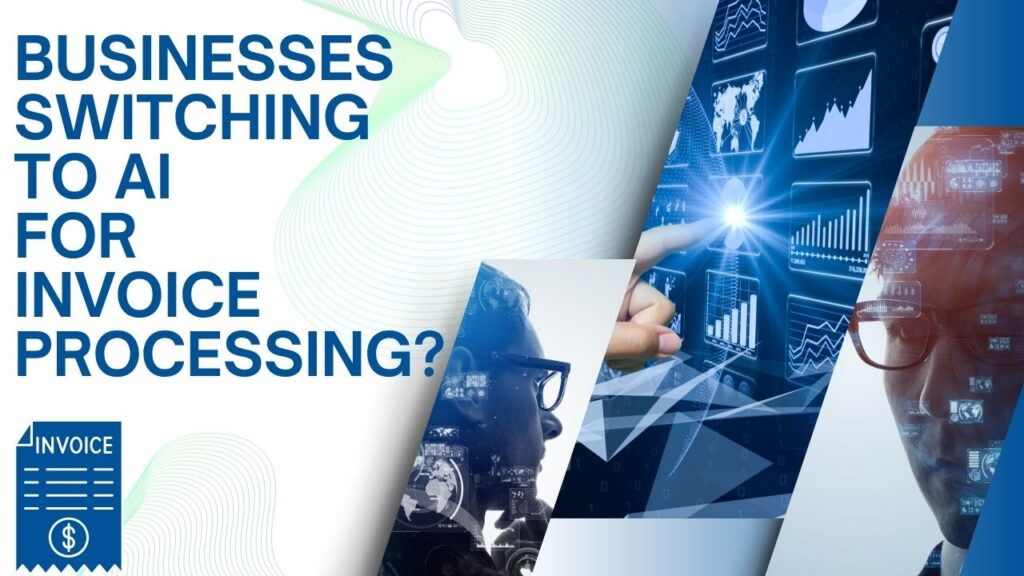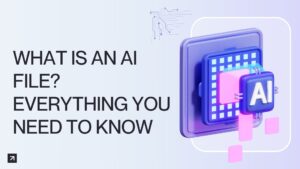In today’s fast-paced world, businesses are constantly stunned by different methods of keeping expenses in check while improving efficiency. One of the serious challenges these advances of time present to businesses is managing bill payments effectively. Manual invoice data processing methods are time-consuming, resource-draining, and error-prone.
That is where AI processing invoices becomes a game changer. However, by automating most of the repetitive processes and minimizing human intervention, businesses can save significant time optimizing their workflows. Let’s explore the article to discover why companies use AI to process invoices.
What Is AI-Powered Invoice Processing?
AI-powered invoice processing uses advanced technologies such as Artificial Intelligence (AI), Optical Character Recognition (OCR), and Machine Learning (ML) to automate the whole lifecycle of invoices. These tools can:
- Extract data from invoices automatically.
- Validate and classify invoices.
- Match invoices with purchase orders or contracts.
- Process approvals and integrate with accounting systems.
BAI invoice processing software eliminates the need for manual data entry and verification, Helping Businesses complete tasks faster and with fewer errors.
Concerns with Traditional Invoice Processing

To understand why businesses are turning to AI, it is crucial to identify the problems or concerns with traditional invoice processing. Manual techniques frequently provide serious difficulties, including:
- Time-Consuming Tasks: Manually entering invoice data into systems can take hours, particularly for businesses with large invoice volumes.
- High Operational Costs: Hiring staff to manage invoices manually increases labor costs, especially when dealing with inefficient processes.
- Human Errors: Calculation or data entry errors may result in disparities, postponed payments, and damaged vendor relationships.
- Difficulty Handling Large Volumes: As businesses grow, the number of invoices increases. Managing them manually becomes overwhelming.
- Delayed Payments: Manual processing often results in delays that cause late payment penalties and affect cash flow.
Benefits of Switching to AI for Invoice Processing
1. High Efficiency
The AI invoice processing software leaves the data extraction and validation tasks in seconds. This condensation of repetitive work processes further allows potential employee employees to engage in high-value tasks.
2. Error Reduction
AI tools enable the eradication of common errors accompanying manual data entry—the more accurate the extraction, the easier it is to process invoices promptly.
3. Cost Savings
Lower operational costs are achieved by reducing the size of the workforce needed due to the automation of workflows for invoices. The savings continue as companies avoid incurring late payment penalties.
4. Scalability
AI tools can quickly adapt to handle large invoices as a business grows. This ensures smooth operations even during peak periods.
5. Fast Approvals
These AI systems automate the routing of invoices to relevant departments and significantly reduce the time taken to convert an invoice into a payment.
6. Enhanced Vendor Relationships
Complete and timely processing of invoices helps businesses maintain good vendor relationships, facilitating trust and guarantee in supply chains.
How AI Works in Invoice Processing?
Here’s the stepwise activity of AI in invoice processing:
Step 1: Data Extraction
AI uses OCR technology to scan the invoice, capturing essential details such as the invoice number, date, vendor name, and payment amount.
Step 2: Validation
The system verifies the extracted data to ensure accuracy. It checks for missing information or errors and flags issues for review.
Step 3: Classification
AI categorizes invoices based on their type, such as regular invoices, credit notes, or purchase orders.
Step 4: Matching
The system matches the invoice details with purchase orders, contracts, or receipts to ensure consistency.
Step 5: Approval Workflow
Once validated and matched, invoices are automatically routed to the appropriate departments for approval.
Step 6: Integration with Accounting Systems
AI tools integrate seamlessly with accounting and ERP systems, ensuring a smooth end-to-end workflow.
Key Industries Adopting AI for Invoice Processing
AI-powered invoice processing is gaining a lot of traction in different industries. Here are some examples:
- E-commerce and Retail: High volumes of invoices from suppliers make automation essential.
- Manufacturing: Managing invoices for raw materials and equipment becomes easier with AI.
- Healthcare: AI helps hospitals and clinics efficiently handle payments to suppliers and service providers.
- Financial Services: Banks and financial institutions streamline operations with AI invoice processing tools.
Challenges in Adopting AI for Invoice Processing
The following are some of the challenges that specific companies face while using AI tools despite the clarity of benefits:
- Initial Costs: A considerable investment is required to set up AI-enabled systems.
- Resistance to Change: Employees are reluctant to embrace new technology.
- Training Requirements: Staff must be trained in the effective use of AI tools.
- Data Security Concerns: Organizations must comply with data protection laws to ensure their AI systems do not breach security issues.
Future Trends in AI and Invoice Processing
The future of AI invoice processing looks promising, with trends such as:
- Blockchain Integration: Ensuring secure and transparent invoice processing.
- Predictive Analytics: Using AI to optimize payment schedules and cash flow management.
- Fraud Detection: Real-time AI algorithms can identify fraudulent invoices.
- Enhanced AI Models: Continuous advancements in AI technology will make invoice processing even more accurate and efficient.
Real-World Examples
Example 1: A Retail Business
A large retail chain implemented AI invoice processing software to manage supplier invoices. The result? They reduced processing time by 70%, saving thousands of dollars in labor costs.
Example 2: A Manufacturing Firm
A manufacturing company automated its invoice workflow using AI tools. This allowed it to quickly process large volumes of invoices, improving cash flow and vendor satisfaction.
Conclusion
Processing invoices through AI is no longer a luxury but a necessity for every business wanting to keep pace with its competitors. Solutions from AI invoice processing provide unique features such as efficiency, accuracy, and low cost.
Organizations will use this modern technology to reduce manual intervention in many business activities and begin essential growth processes to automate their traditional methods. For those who have not already dabbled in the AI-powered universe of invoice processing, the time is ripe to invest in this transforming technology.
FAQ’s:
1. What is AI invoice processing?
AI invoice processing uses artificial intelligence to automatically read, extract, and manage invoice data with minimal human input.
2. Why are businesses switching to AI for invoice processing?
Because it speeds up operations, reduces manual errors, and cuts down processing costs significantly.
3. How accurate is AI in handling invoice data?
AI tools can achieve over 90% accuracy, especially when trained on relevant invoice formats and data.
4. Can AI integrate with existing accounting software?
Yes, most AI-based invoice processing tools offer easy integration with popular accounting and ERP systems.
5. Is AI invoice processing secure for sensitive financial data?
Absolutely—reliable AI tools follow strict security protocols and compliance standards like GDPR and SOC 2.
Read More: AI Image Generators: What They Are and How to Use Them





